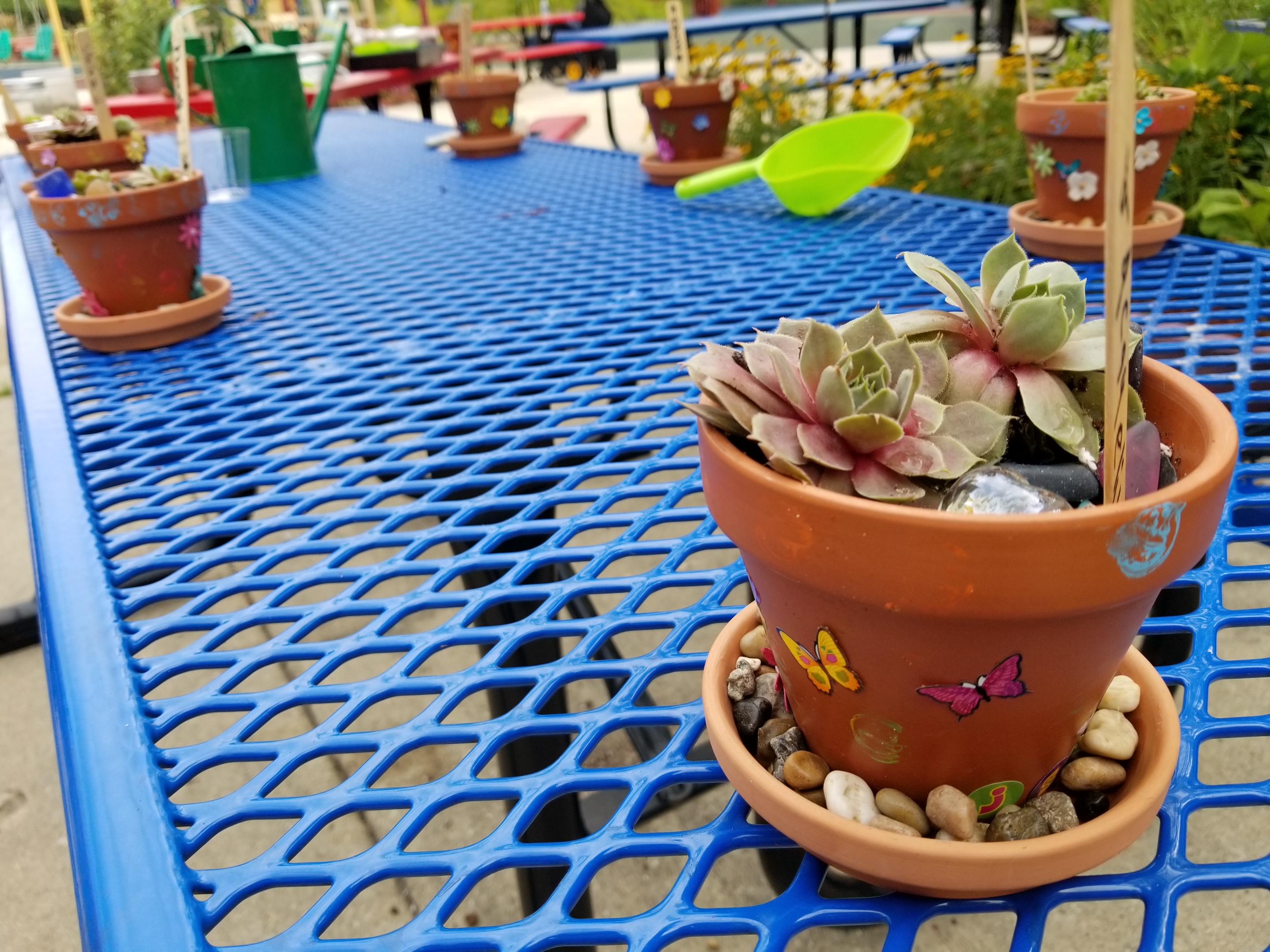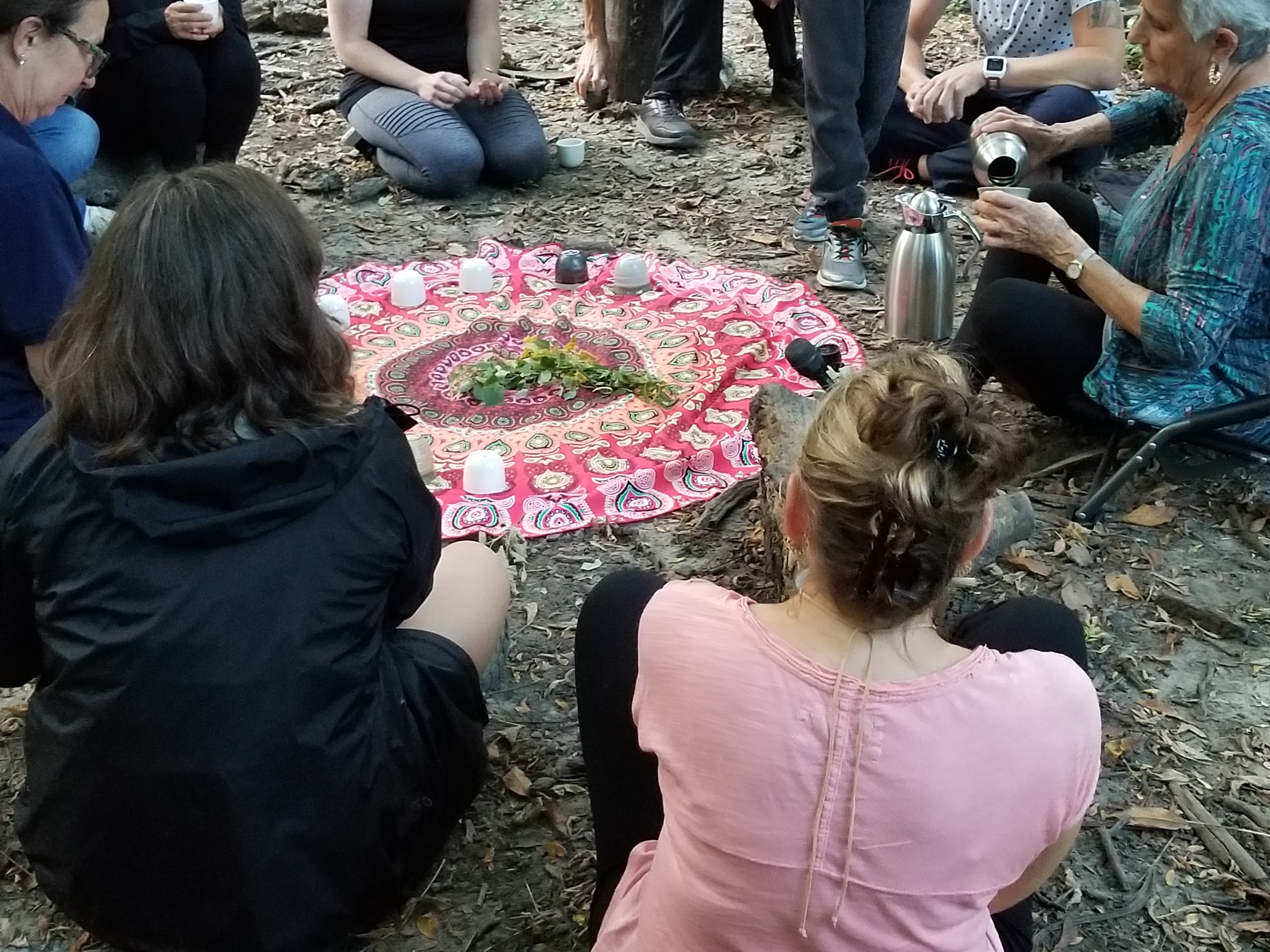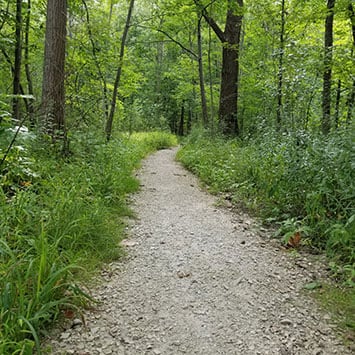A Healthy Dose of Nature | Chicago
Doctors are now telling their patients to “take a hike”.
A growing number of doctors are ordering their patients to take a hike, linterally. In other words, they are prescribing nature.
Studies show that exposure to nature can provide a range of health benefits, both psychological and physical. Whether working in the garden or picking acorns in the woods, increasing outdoor activity can help people cope with stress, depression, and anxiety, and can also improve focus and cognitive and social skills.
Dr. Gordon Wood, a Chicago area pediatrician at NorthShore University HealthSystem recommends outdoor activities to his patients as part of the RX for Nature: Walking in Nature program, a partnership between local healthcare providers and naturalists. His nature prescriptions consist of a “dosage” of walks in natural environments, complete with a map of nearby green spaces, and optional guided “health walks,” where Wood sometimes joins his patients and their families.
“To make this a frequent habit, we’ll start kind of big—30 minutes, at least three days a week,” Wood said. “It’s really worth it to make nature opportunities available so that these kids may be less reliant on medication, away from the videos, more attune to the world, and more attune to themselves. So when it’s time for homework, your concentration’s going to be better. Being outdoors in the fresh air will benefit everyone, parents too.”
At Shriner’s Hospitals for Children they bring nature to young patients on-site in the form of a horticulture therapy program. The weekly sessions are facilitated by staff from the Chicago Botanic Garden in the hospital’s backyard sensory garden. The therapists will guide patients through hands-on activities, such as potting plants, and making salsa with fresh vegetables.

A lot of happy memories happen when you’re outside, so being able to have a space feel like you’re back at home or at the park is a benefit of this hospital,” said Shriner’s recreational therapist Amanda Hogle. “Plants have a therapeutic value and working with plants provides a good social atmosphere to talk about challenges or conditions they are dealing with. It’s a fun program for kids of all ages and you can gear it towards whatever their limitations or strengths are.”
While Shriner’s serves nature to its patients in a hospital setting, certified forest therapy guide Rosita Arvigo leads people into the woods to experience forest bathing, a Japanese form of nature therapy.
Arvigo directs participants through a series of 10 to 12 “invitations,” in which her clients can engage their senses in the forest, as they see, hear, touch, smell, and even taste their surroundings. The sessions run between two and three hours, concluding with a group counsel discussion and tea ceremony.

“I like to say it takes you out of your mind and into your heart,” Arvigo said. “Noticing what you notice is the principle of forest bathing and you find that people are quite enthralled with noticing what was always there, but they never saw it before. The most difficult aspect of dealing with health is trying to get people to calm their worries, fears, and anxieties. I think the Japanese government came up with an absolutely brilliant solution: Take people out in the forest and make them stop thinking.”
Meanwhile, researchers like Teresa H. Horton of Northwestern University are trying to determine what specific benefits patients might reap from exposure to nature, and what the proper “dosage” might be.
Launched in collaboration with the University of Chicago and the Forest Preserve District of Cook County, Teresa’s “Walking Green” pilot study uses psychological and physiological data to find out what benefits patients might get from exercising in natural environments.
“It’s not just do they enjoy being in nature, but does being in nature actually cause any physiological changes?” Horton said. “The majority of studies that preceded ours looked at psychological variables. We all say that we feel less stressed when we’re out in nature, but I’m trying to document whether those changes really happen and whether they lead to long-term changes in health outcomes.”
Horton recruited student volunteers to take a series of walks in the forest and on suburban sidewalks. As part of the study, Horton also measured their weight, heart rate, blood pressure, body composition, triglycerides, and blood glucose levels.
Results of the tests indicate that exercising in natural environments can improve mental and emotional well-being, in addition to physical benefits.
“After people took three walks in the forest, there was about a 6 percent decline in blood glucose levels and when they walked on the sidewalk, there was no change,” Horton explained. “Taking that walk in nature gives you more bang for your buck than walking on the sidewalk. If you’re going to spend an hour or half an hour exercising, do it some place where it’s going to reduce stress, like in a forest or a beautiful meadow.”
— Sean Keenehan






